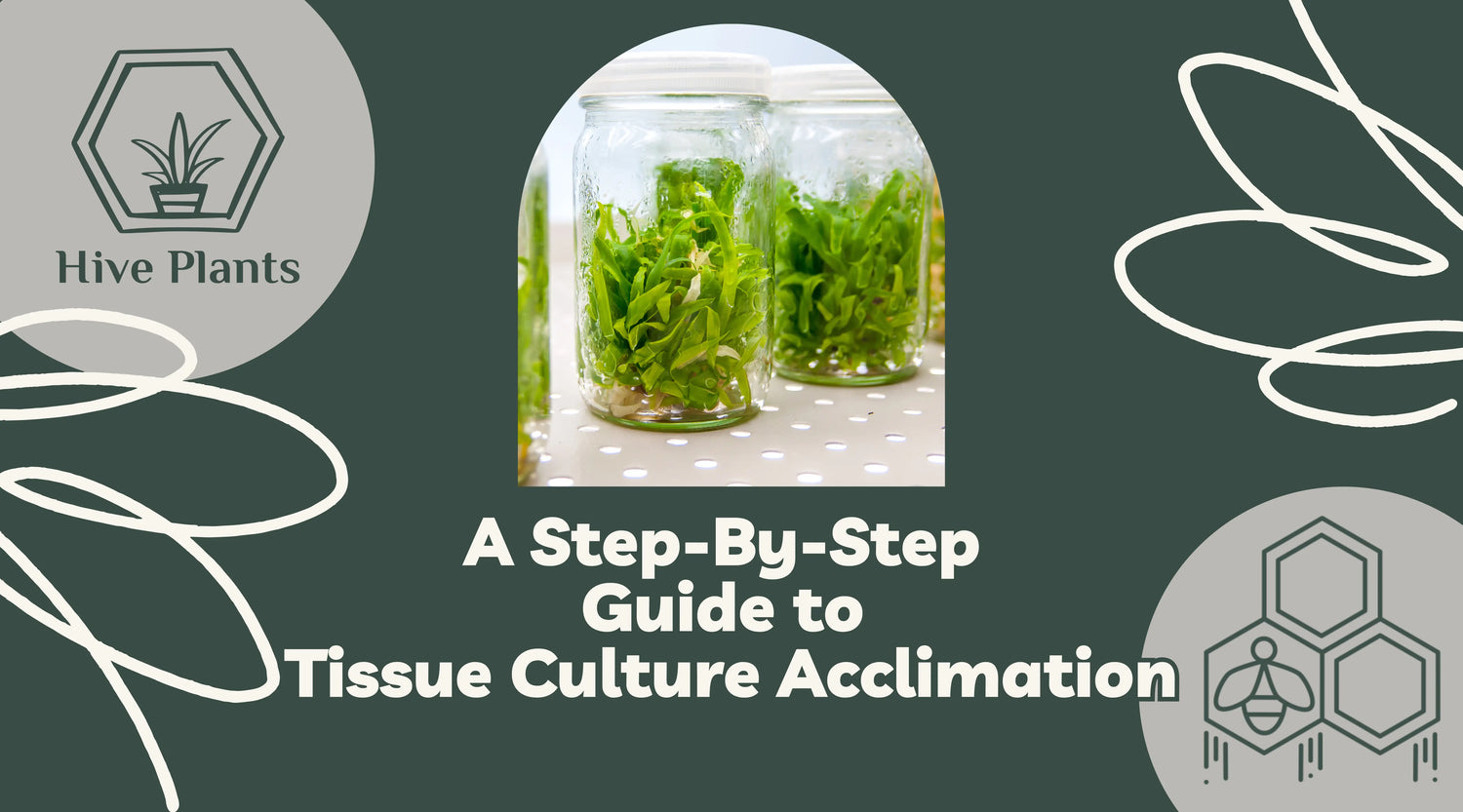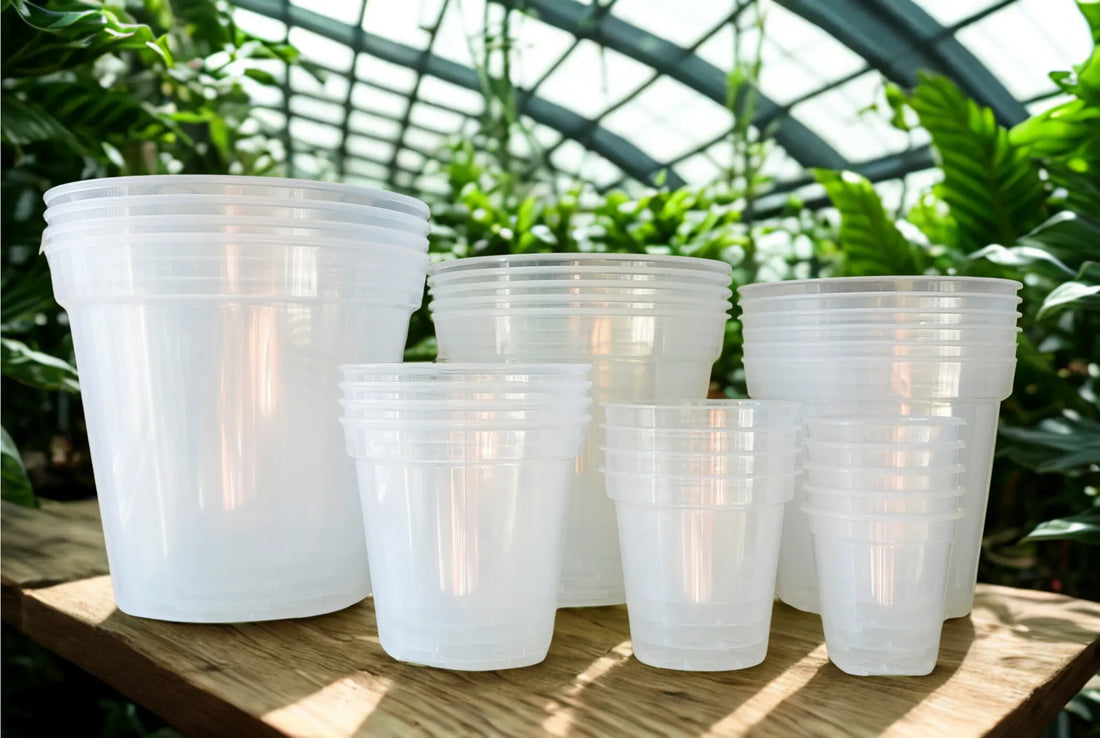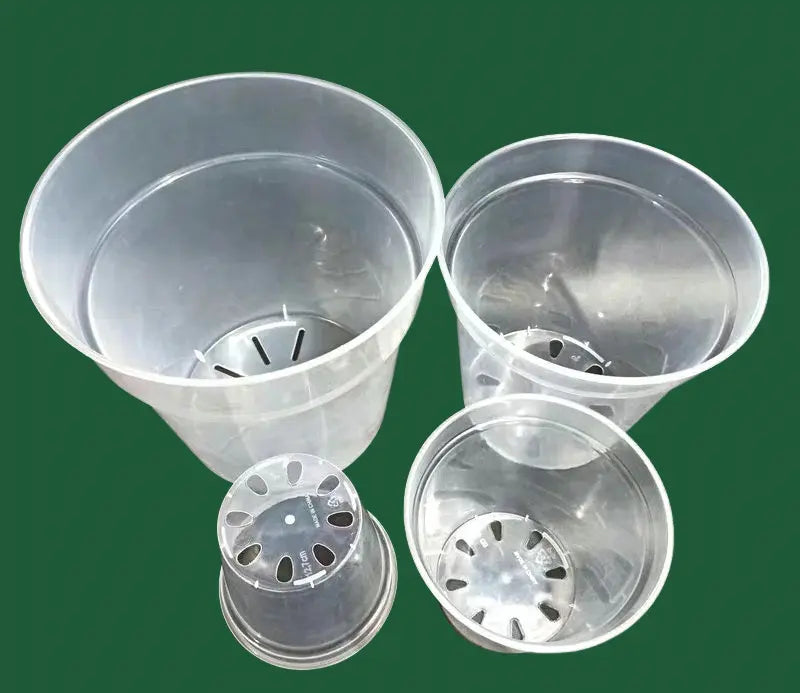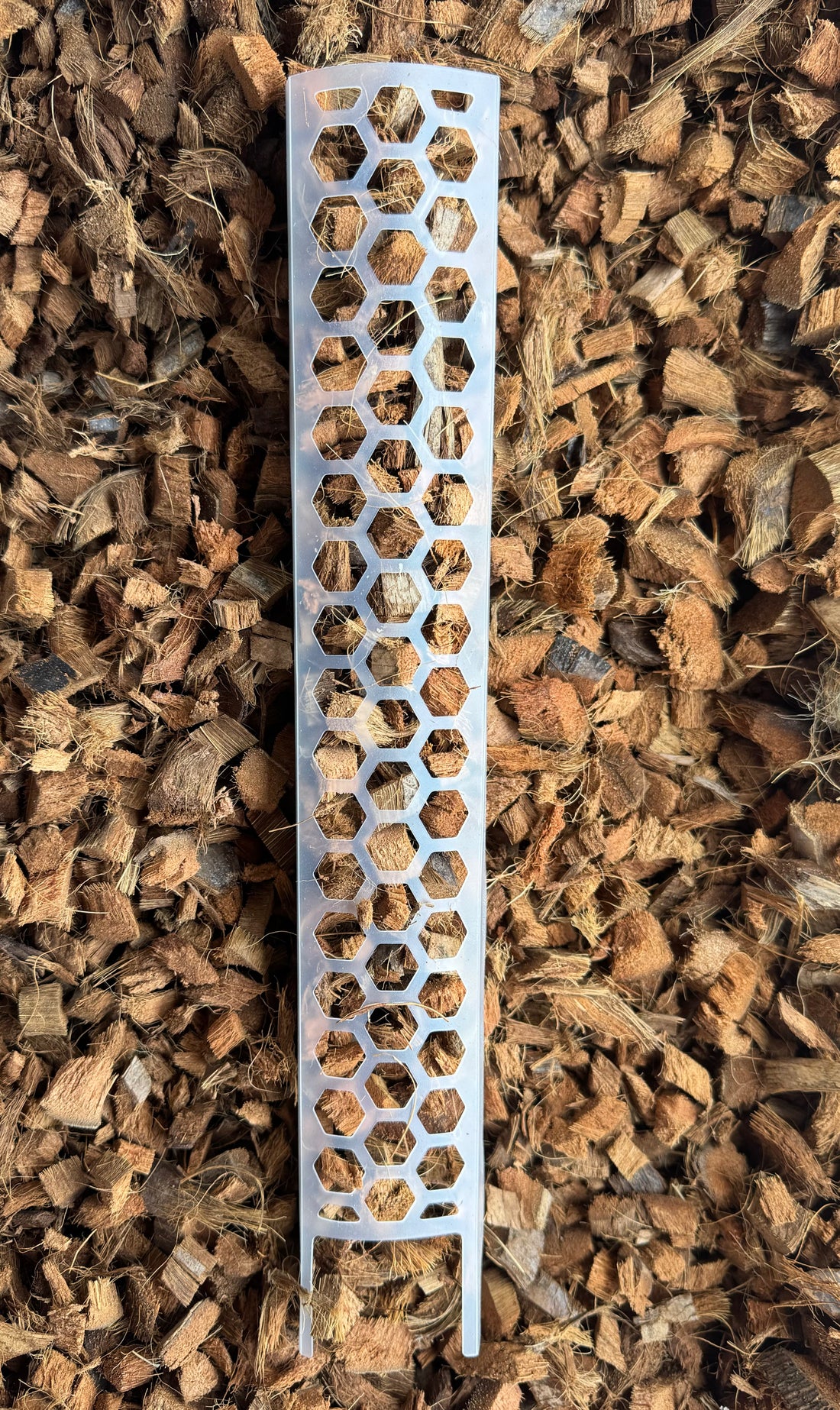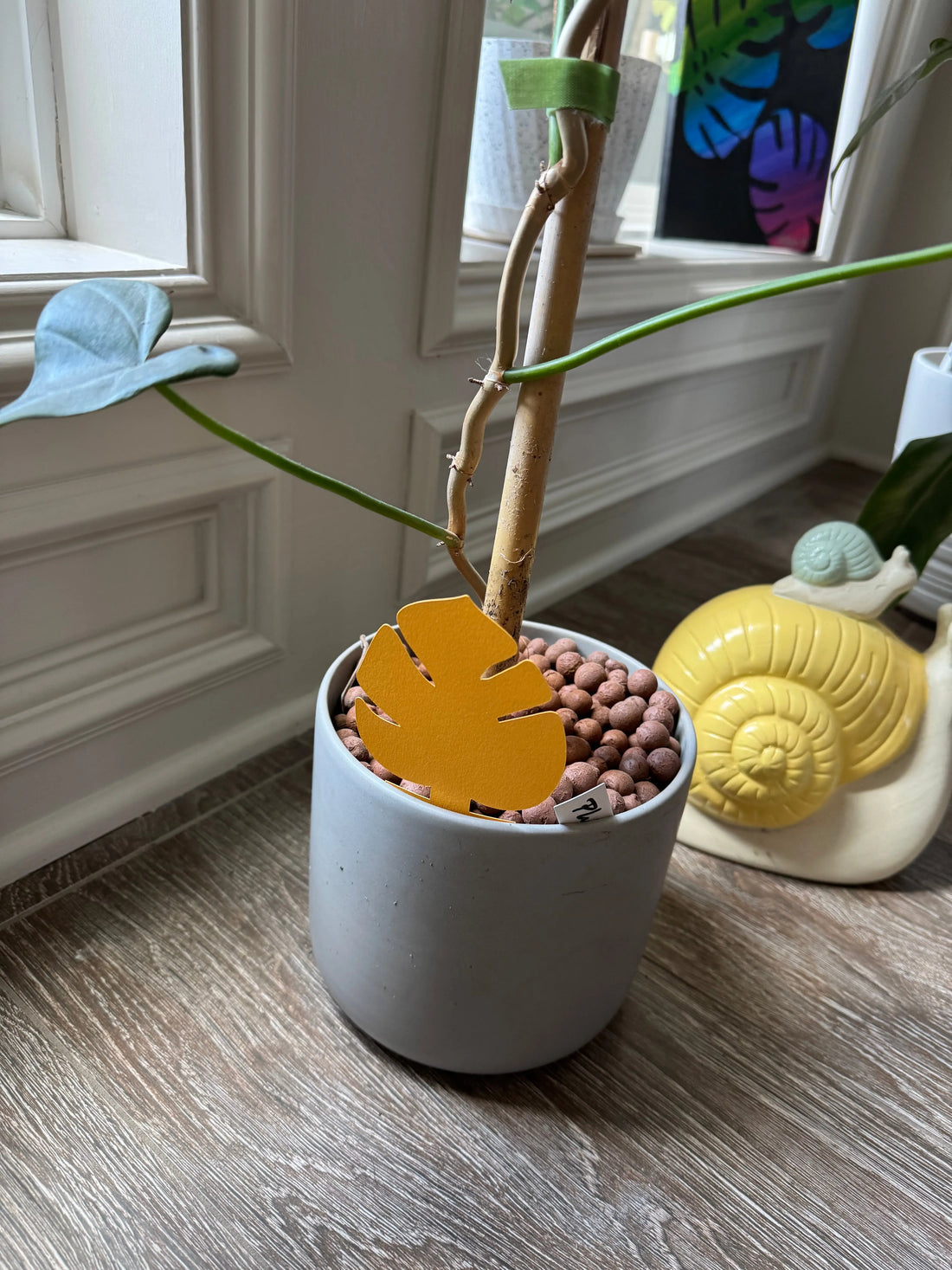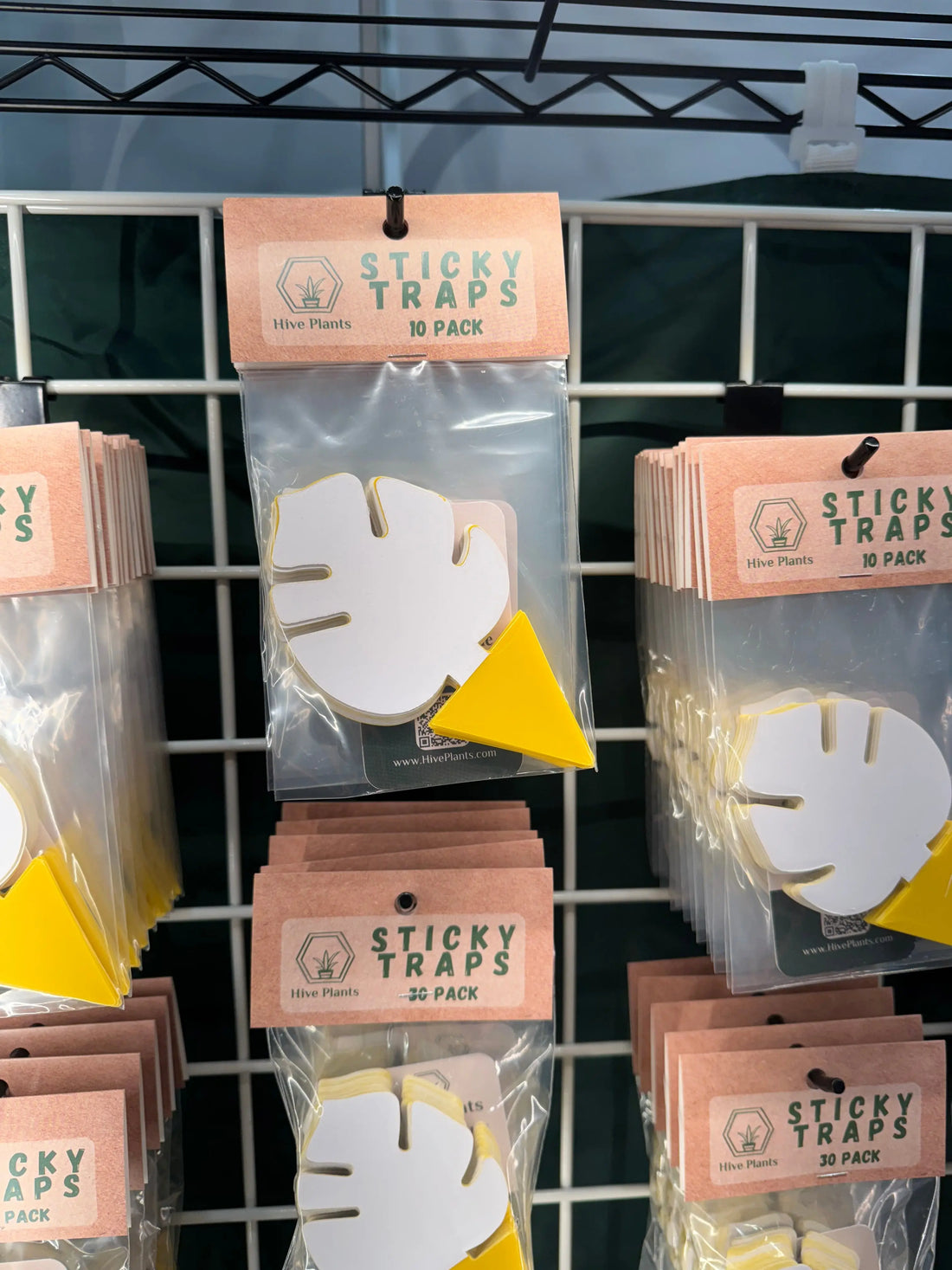Snake plants (aka mother-in-law's tongue) are that it's one of the few plants that can convert carbon dioxide (CO2) into oxygen at night. This quality makes it an ideal plant for bedroom décor since it can help regulate healthy airflow. Shop our collection of snake plants here.
Snake plant care is very straightforward. These plants can be neglected for weeks at a time; yet, with their strappy leaves and architectural shape, they still look fresh.
Light
These tough plants thrive in any light level, from low to high. Typically they grow more quickly in brighter light, but strong direct sunlight burns leaves, especially when plants are outdoors. An ideal spot indoors is about 10 feet away from a west or south window.
Water
One of the most common problems encountered with snake plants (and other succulents) is overwatering. These plants do not tolerate soggy soil well; they tend to develop root rot. To avoid this, follow these watering practices:
- Do not water too frequently. Let the soil mostly dry out between waterings.
- Tip: To know when it’s time to water, don’t just rely on how the surface of the soil looks. Instead, carefully stick your finger or a wooden chopstick a couple inches into the soil. If you feel any moisture or see soil stick to the chopstick, hold off on watering.
- Water from the bottom of the pot, if possible. This encourages the roots to grow downward and deep, helping to stabilize the thick, tall leaves.
- During the winter, while the plant isn’t actively growing, water less often than you would in spring and summer.
Humidity
The Snake Plant is not picky when it comes to humidity! Snake Plants don’t need high air humidity and thrive in a dry environment, unlike other tropical indoor plants. That’s due to the area where they originally come from.

Potting
- Snake plants need well draining soil similar to palms and succulents
- Divide and repot in the spring. Cut out a section containing both leaves and roots and place in a pot with well-draining potting mix.
- If a snake plant is pot bound, it may flower occasionally. Fragrant, greenish-white flower clusters appear on tall spikes
Toxic
Unfortunately snake plants are toxic to cats and dogs.

Unhealthy Plant Signs
Root rot due to overwatering is the most common issue.- If this occurs, remove any dying leaves and allow the plant to dry out more than usual. Snake plants are resilient and typically recover. However, if the plant continues to die, remove it from its pot, discard of any rotted roots and leaves, and repot in fresh soil.







